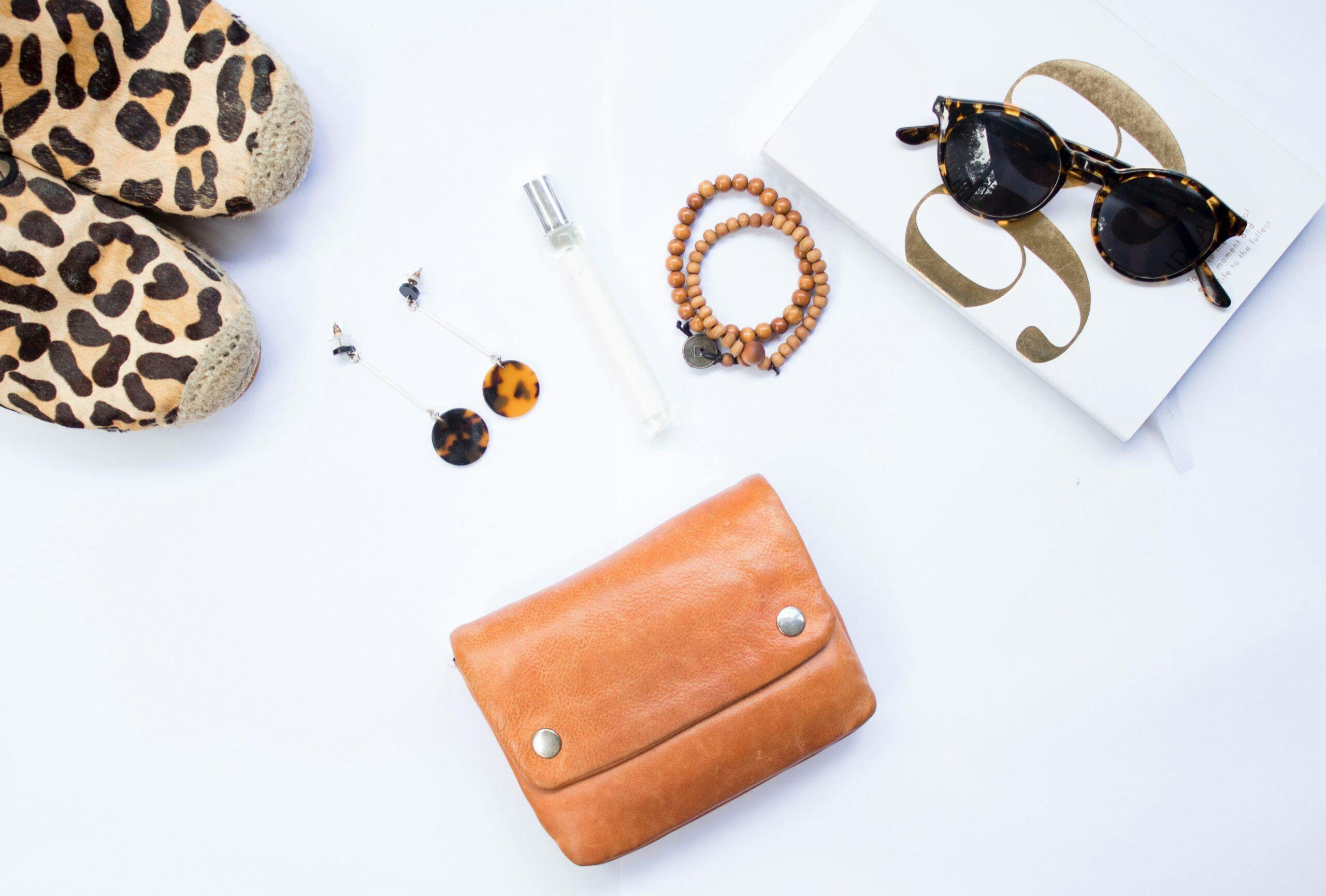Research carried out recently by the Ellen MacArthur foundation has revealed that the world of fashion is the second most polluting industry in the world. Fashion is a sector that produces so much but that creates equally as much in terms of waste, becoming one of the main consumers of water in the world and having an equally significant impact on greenhouse gas emissions.
As a result today, from the choices made by the big brands to those of the aware final consumer, there is an increasing movement towards sustainable garments and the favouring of eco-friendly fabrics made with natural fibres. Indeed, everyone, in their own small way, can make wise choices by buying clothes that are really needed, with a preference for quality over quantity, as well as being sensible in caring for these natural fabrics.
For those who have always cared about and supported the issue of sustainability, it does not matter whether it relates to the world of fashion or any other area because everything represents a natural choice. Indeed, this is a way of thinking that results in putting ideas into practice in a green and sustainable way, whether it relates to a simple purchase or the selection of a fabric.
A responsible choice
When we talk about environmentally friendly fabrics and natural fibres obtained from renewable sources, we are generally referring to fibres of vegetable and animal origin such as: linen, hemp, silk, cotton or wool. Within this context, sustainable fashion can have many variations and the possibilities for choice are diverse.
Perfection certainly remains a beautiful utopia and absolute perfection does not exist in the world of eco-friendly fabrics. However, there are fabrics that, thanks to their “sustainable performance” throughout their lifecycle, can be equal in comfort and quality to traditional fabrics and, as a result of their careful and certified production and manufacture, they first of all have a lower impact on the environment and secondly are valued for their beneficial properties.
Types of environmentally friendly fabrics for clothing
Among the eco-friendly fabrics that deserve to be ranked the highest are:
Hemp
This tough and durable eco-friendly fabric has the best transpiration capability. Hemp fabric is warm in winter and very cool in summer. It is antibacterial and hypoallergenic and is also highly protective because it filters a considerable percentage of ultraviolet and infrared rays. As far as its production is concerned, it is one of the most eco-friendly of fabrics because it requires no pesticides or large areas of land and is fully used without producing waste.
Wool
A textile fibre of animal origin, among the fabrics that mankind manages to produce, it offers quality and performance that can, without doubt, be described as exciting. It is in fact a breathable and thermoregulating fabric par excellence because it guarantees dry heat, even when the weather is particularly hot, in addition to the fact that its ability to expel moisture is unparalleled. Woollen fabrics make it possible to achieve the dual goals of elegance and versatility, combining in this fabric classic styles with the demand for more and more contemporary clothes.
Linen
Soft and fexible, it is the oldest textile fibre. It is stronger and shinier than cotton but has less elasticity. Hygienic and hypoallergenic, it does not retain odours, does not attract dust and is very breathable. Thanks to its high thermal conductivity the fabric is extremely cool. It becomes softer and finer with washing. It has a lower environmental impact than cotton, can resist attacks by parasites rather well and requires limited use of pesticides; however its production costs are significantly higher.
Silk
An ancient and precious fibre, it is appreciated for its fineness and shine. Its lightness is often misleading; in fact silk is ideal for retaining body heat. It absorbs perspiration well, lets the skin breathe, allowing odours to be dispersed, and does not retain dirt. Bourette silk, also called raw silk, is obtained by waiting for the silkworm to complete its metamorphosis and leave the cocoon and is richer in sericin, a protein that has moisturising effects on the skin.
The future of fashion
The growth of sustainable fashion depends not only on the use of eco-friendly fabrics for clothes, but also on the choices made by consumers that ensure that these fabrics are in ever greater demand and widely used, thus influencing the production plan of the larger companies.
The objective of sustainable fashion is to minimise the environmental and social impact of textile production, using less energy and natural resources, making work fair and replacing chemical or toxic substances with others that are more environmentally friendly. Therefore, by using eco-friendly fabrics, we would like to achieve the goal of creating a system that can be sustained indefinitely.


Comments are closed.